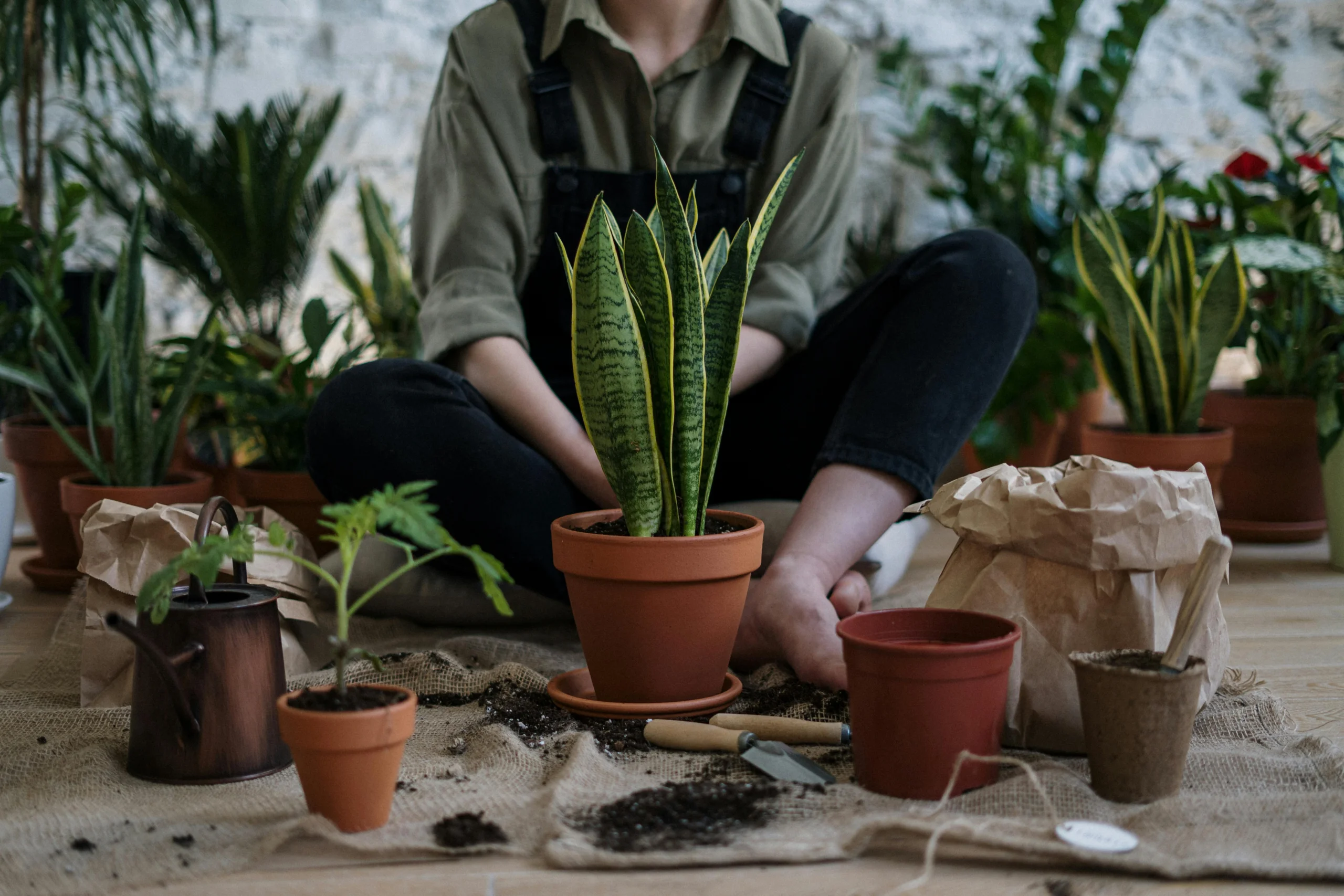
You’re probably scrolling through your phone right now, feeling that familiar restless itch for something new—I get it, been there countless times myself. Here’s the thing: you don’t need to drop serious cash or wait for the “perfect moment” to start a hobby that’ll actually stick. With just twenty-five bucks and whatever’s lying around your house, you can jumpstart creative pursuits that researchers say boost cognitive function by up to 23%. The question isn’t whether you can afford it—it’s which one will become your new obsession.
Sketching and Drawing
When you think about artistic hobbies, sketching and drawing might seem intimidating—trust me, I used to believe I needed expensive supplies and years of training to create anything worthwhile—but the truth is that you can start this incredibly rewarding practice with just a basic pencil and paper for under five dollars.
Research shows that drawing activates your brain’s problem-solving regions while reducing cortisol levels, fundamentally giving you mental strength training disguised as creative fun. You’ll develop hand-eye coordination that translates into better focus at work, plus there’s something deeply satisfying about controlling every line on your page.
Start with simple objects around your house: coffee mugs, keys, your pet—anything that catches your eye and demands to be captured.
Creative Writing and Journaling
Although you might worry that creative writing requires talent you don’t possess—I certainly spent years convinced I wasn’t “writer material” because my high school essays came back bleeding red ink—the reality is that journaling and creative writing cost practically nothing while delivering measurable improvements to your mental health and cognitive function.
Here’s what you’ll need to start building your writing arsenal:
- Notebooks ($3-8): Choose lined or dotted pages
- Quality pens ($2-5): Smooth ink flow prevents hand fatigue
- Writing prompts book ($8-12): Sparks creativity when you’re stuck
- Timer app (free): Enables focused writing sprints
Research shows that expressive writing reduces stress hormones while strengthening your prefrontal cortex—the brain’s command center. You’re literally rewiring your neural pathways for better decision-making and emotional regulation, one sentence at a time.
Indoor Gardening With Seeds and Cuttings
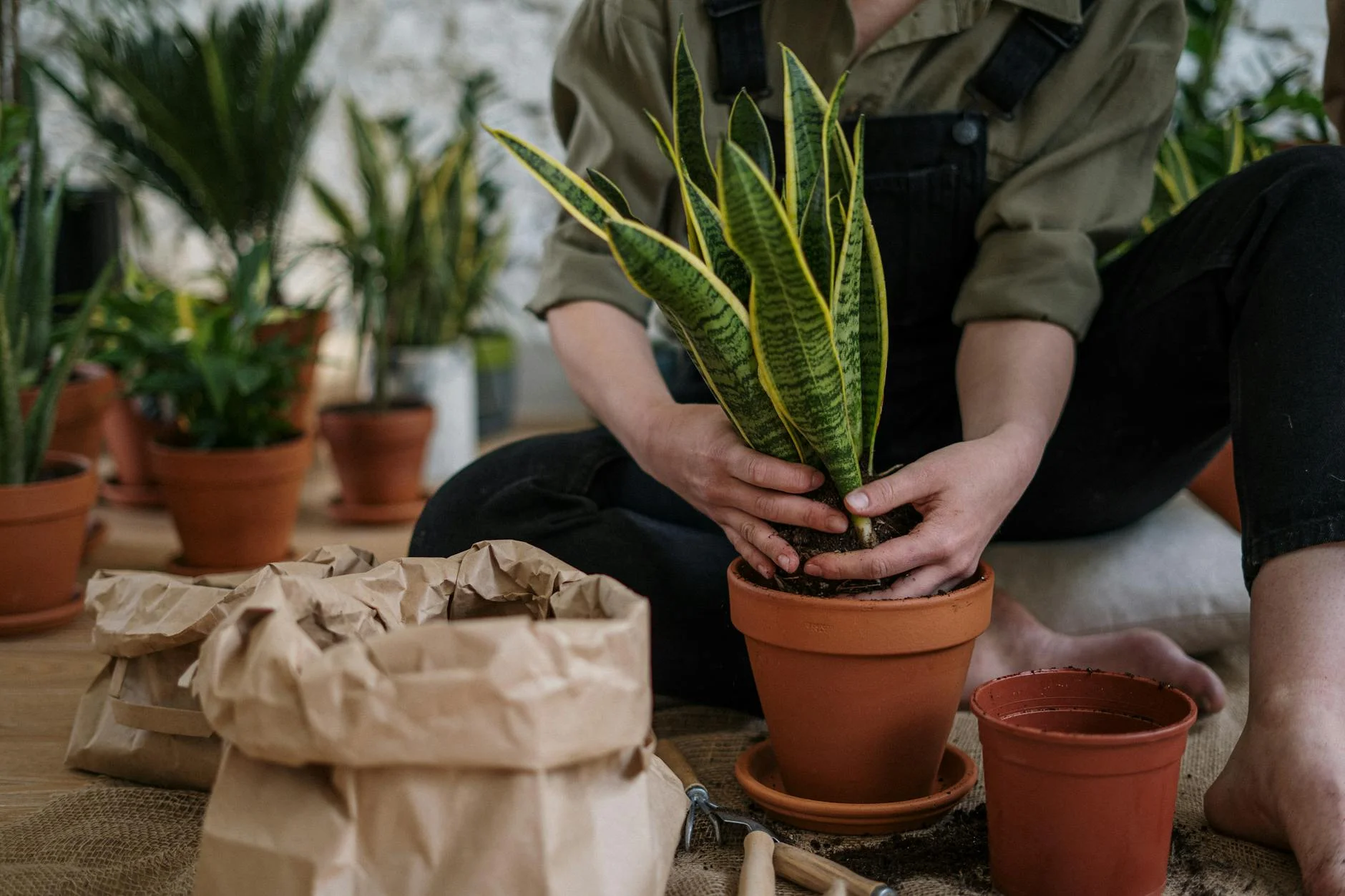
Twenty-three dollars can transform your windowsill into a thriving indoor jungle—even if you’re the type of person who once killed a cactus by looking at it wrong, which I definitely didn’t do three times before finally understanding that succulents don’t appreciate daily watering schedules.
You’ll dominate this hobby with strategic seed selection: herbs like basil and cilantro germinate within seven days, while pothos cuttings root in plain water faster than your confidence can crash. Research shows that people who grow their own plants report 15% higher life satisfaction—probably because there’s something deeply satisfying about creating life from a $2 seed packet.
Start with fool-proof options: green onions regrow from kitchen scraps, mint spreads aggressively (perfect for beginners who want guaranteed success), and spider plants practically beg you to propagate their babies.
Origami Paper Folding
While your friends scroll through social media, you can fold a simple square of paper into a crane that’ll outlast their fleeting dopamine hits—and for less than twenty bucks, you’ll have enough origami paper to create an entire flock that won’t judge your life choices or ask to borrow money.
Here’s what you’ll need to master this ancient art of strategic paper domination:
- Origami paper pack ($8-12): Thin, square sheets that fold cleanly
- Instruction book ($6-10): Step-by-step diagrams for beginners
- Bone folder ($3-5): Creates sharp, precise creases
- YouTube tutorials (free): Video guidance when diagrams confuse you
Research shows origami improves spatial reasoning and reduces stress—basically, you’re upgrading your brain while creating tiny paper masterpieces that’ll impress colleagues during boring meetings.
Basic Cooking and Recipe Experimentation
Speaking of creating something beautiful with your hands, your kitchen offers the same satisfaction as folding paper—except you can actually eat your masterpieces, and they won’t collect dust on your bookshelf like that origami dragon you’re secretly proud of but can’t quite explain to houseguests.
You don’t need fancy equipment or culinary school credentials to start experimenting: flour, eggs, basic spices, and whatever’s lurking in your pantry can become your canvas. Recipe substitution becomes your superpower—swap honey for sugar, Greek yogurt for sour cream, or transform yesterday’s leftover rice into tomorrow’s fried rice victory.
Studies show cooking activates the same reward pathways as creative arts, giving you that dopamine hit while building practical skills. Start with simple modifications to familiar recipes, then graduate to complete improvisation once you’ve mastered the basics.
Walking and Nature Photography With Your Phone
Every smartphone in your pocket already contains a camera that would’ve made professional photographers weep with envy just fifteen years ago—yet most of us use it primarily for blurry selfies and photos of our lunch that somehow never look as appetizing as they did in person.
Walking photography transforms your neighborhood into an endless gallery: suddenly, you’re noticing how morning light creates dramatic shadows between buildings, how raindrops collect on spider webs like tiny crystals, how your dog’s expression changes when he spots a squirrel.
Start with these simple techniques:
- Golden hour hunting — shoot during sunrise/sunset for warm, flattering light
- Rule of thirds — place interesting subjects along imaginary grid lines
- Foreground focus — capture close objects with blurred backgrounds
- Leading lines — use paths, fences, or shadows to guide viewers’ eyes
You’ll develop both artistic vision and daily movement habits.
Learning a Musical Instrument (Harmonica or Ukulele)
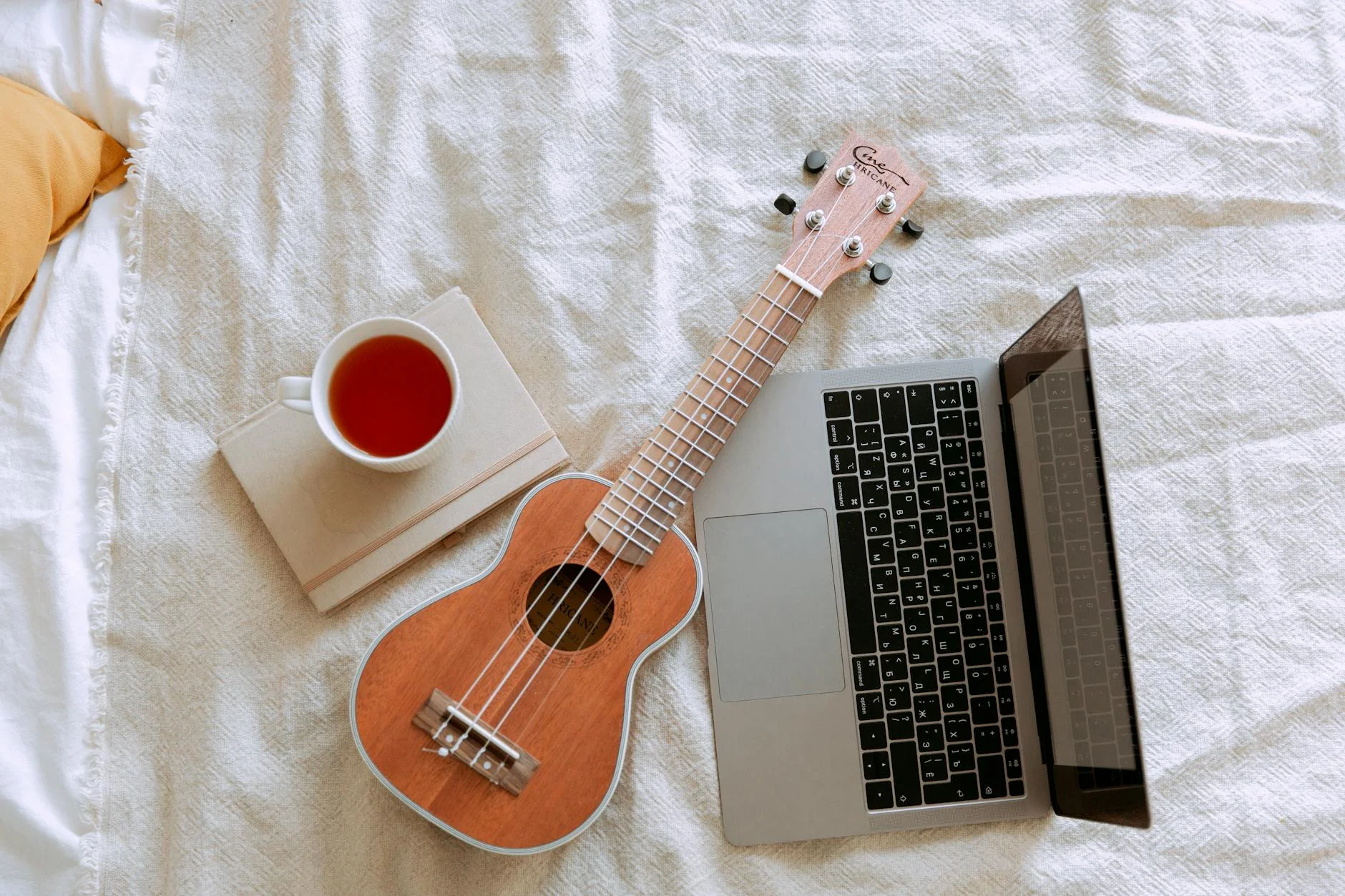
Music creation doesn’t require years of classical training or fingers that can dance across piano keys like a caffeinated octopus—sometimes the most accessible instruments are the ones that fit in your pocket or rest comfortably in your lap. You can grab a decent harmonica for $15 or a beginner ukulele for $20, both offering immediate gratification that’ll have you playing recognizable tunes within days, not decades.
The harmonica’s portability means you can practice anywhere without annoying neighbors—trust me, I’ve tested this theory extensively during lunch breaks. Meanwhile, the ukulele’s four strings make chord progressions less intimidating than guitar’s six-string complexity. YouTube tutorials abound for both instruments, turning your smartphone into a personal music teacher that never judges your off-key moments.
Knitting or Crocheting
While knitting might conjure images of grandmothers clicking needles in rocking chairs, this ancient craft has evolved into a surprisingly modern stress-buster that you can master with just $20 worth of yarn and needles—and honestly, there’s something deeply satisfying about creating something tangible in our increasingly digital world.
Research shows that the repetitive motions activate your brain’s reward center, lowering cortisol levels while you’re literally building something from nothing.
Here’s what you’ll need to dominate your first project:
- Basic knitting needles ($5-8)
- Worsted weight yarn ($8-12)
- Stitch markers ($2-3)
- YouTube tutorials (free!)
Start with a simple scarf—trust me, even my disaster-prone hands managed one that didn’t look completely tragic.
Puzzle Solving and Brain Games
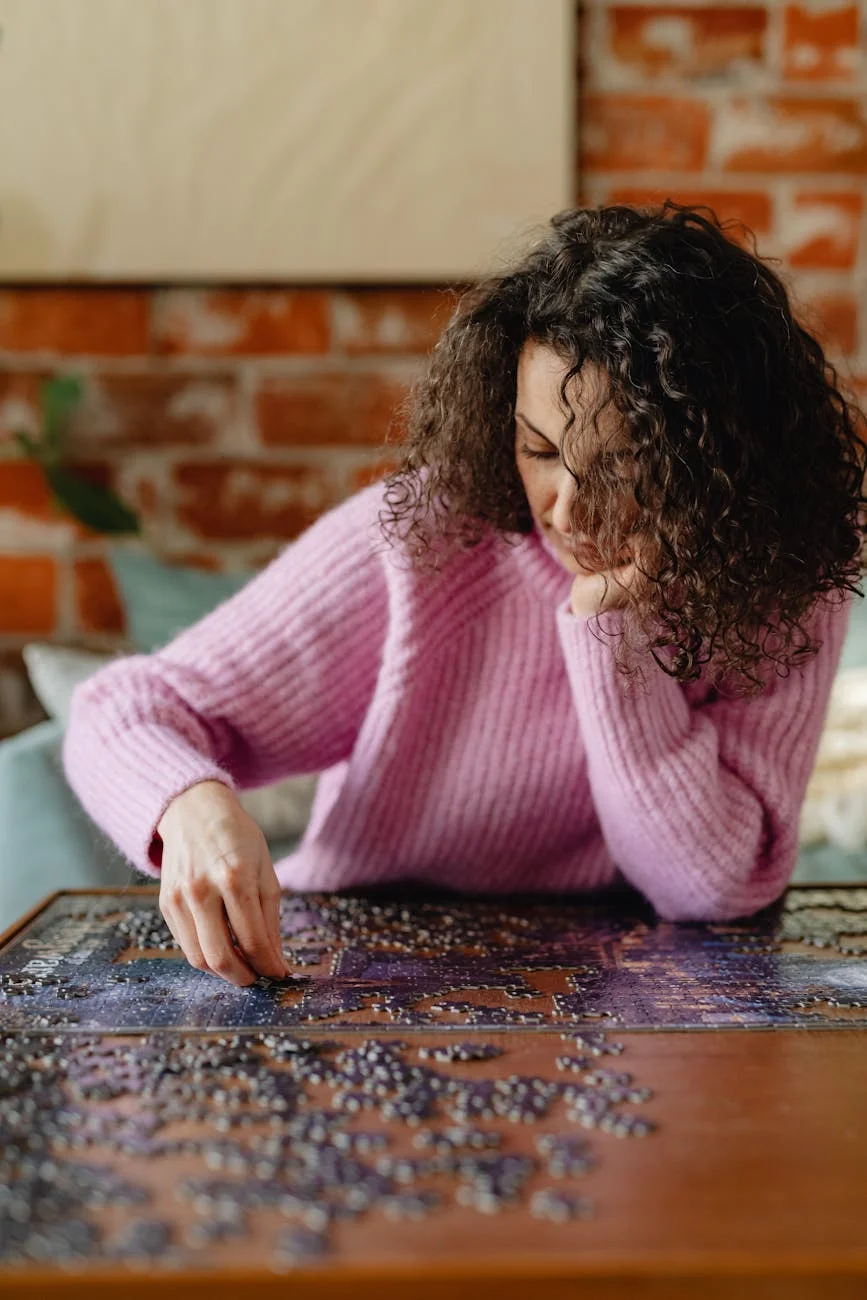
Since your brain craves challenges the same way your body craves movement, puzzle solving offers that perfect mental workout that costs less than a fancy coffee habit—and unlike my attempts at morning yoga, you can actually see measurable progress without looking ridiculous. You’ll dominate crosswords, sudoku, jigsaw puzzles, and brain training apps for under twenty bucks total.
Research shows puzzle solving enhances cognitive flexibility: your brain’s ability to switch between different concepts and adapt to new rules. Start with a newspaper subscription ($15/month) or grab puzzle books from dollar stores. Apps like Lumosity offer free versions that’ll challenge your working memory—the mental space where you manipulate information.
I’ve watched friends transform from crossword strugglers to daily completion champions, building confidence that spills into professional decision-making.
Geocaching and Treasure Hunting
Why spend hundreds on metal detectors when your smartphone can transform you into a modern-day treasure hunter through geocaching—the GPS-powered scavenger hunt that’s converted millions of hikers into obsessive cache seekers armed with nothing more than a free app and an unhealthy need to find Tupperware hidden in trees?
You’ll embark on a journey of serious hunting prowess with these essentials:
- Geocaching app (free) — your digital compass to 3+ million hidden caches worldwide
- Small trinkets for trading ($5-10) — because cache etiquette demands you leave something when taking treasure
- Pen or pencil ($1) — for signing logbooks like the conquering explorer you are
- Small flashlight ($5-8) — because half the fun happens in dark, mysterious places
Within hours, you’ll be decoding cryptic clues, traversing through urban jungles, and experiencing that addictive rush when coordinates finally lead to hidden gold.
Conclusion
You’ve got nine incredible hobbies that’ll transform your spare time without emptying your wallet—and honestly, your future self will thank you for picking up that sketchbook or harmonica today. Whether you’re folding origami cranes while dinner simmers, or hunting geocaches in your neighborhood, these creative pursuits offer genuine stress relief and mental stimulation. Don’t overthink it; grab supplies this weekend and plunge into whichever hobby sparked that little flutter of excitement.



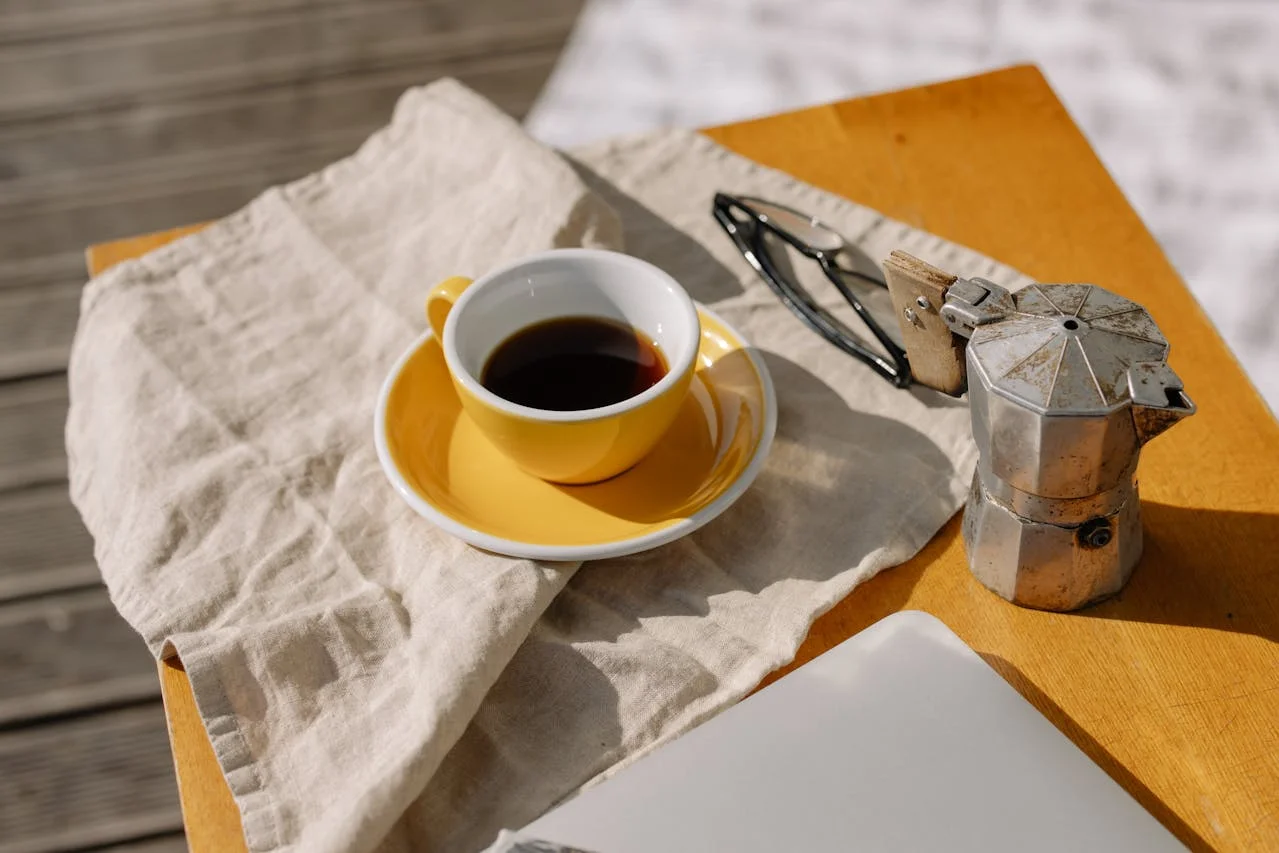

Leave a Reply